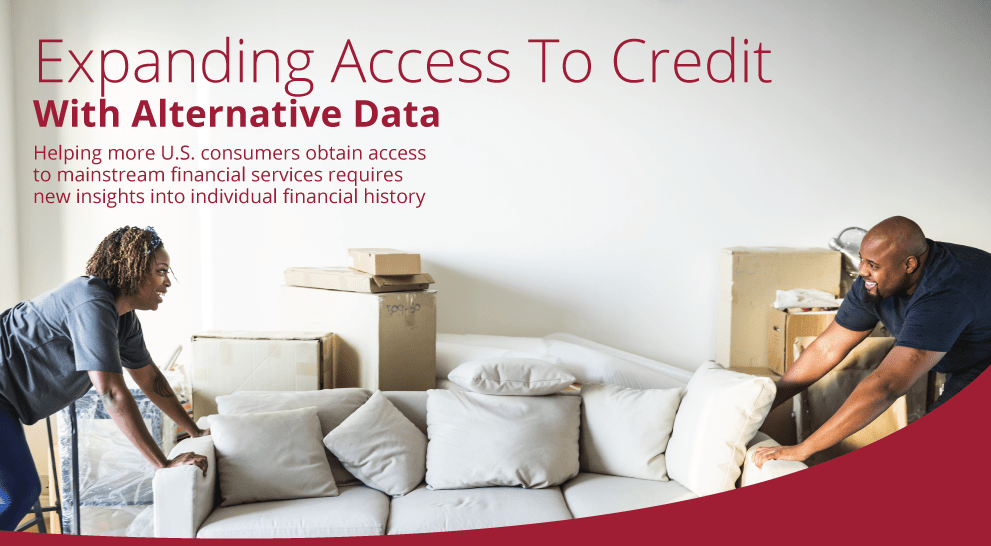Alternative data – information not found in traditional credit reports – could allow more U.S consumers to obtain access to credit. Using this data could score up to 90% of previously unscorable consumers. This can be extremely useful for the credit invisible population in the country today.
The population of credit invisible people is larger than one may think. 92 million adult Americans have little to no credit history. 67 million of these people have a “thin” credit file, meaning that they have four or less accounts in their name. 25 million are considered to be completely credit invisible. Credit invisible means that someone has never credit history to be able to calculate a score.
Who are the Credit Invisible?

People can be credit invisible for many reasons. The most common reasons are that people are young or new to using credit, they are recently widowed or divorced, or they are cash or debit card users. People who are credit invisible or have a thin credit file are more likely to have lower incomes with 49% making under $25K a year. Credit invisible people are more likely to have to pay higher rates on mortgages and often have higher premiums for auto, home, and rental insurance.
If alternative data was to be leveraged, there would be great benefits for the large population of credit thin or invisible people in the country. In fact, 21% of credit thin or invisible consumers could become scorable. 18% could qualify for prime or near prime offers, and 4% could qualify for subprime offers. So what kind of data can be used as an alternative to traditional credit information?
What Would Alternative Data Include?
Bank transactions could be one of the most useful forms of alternative data for credit invisible people. Credit invisible people are more likely to be cash or debit card users, so they have lots of data regarding their bank transactions. Using bank transaction data could increase prime consumers by almost 4 million! Considering bank transaction data on all consumers could reduce the credit unscorable population by 50%.
Another useful form of alternative data is utility bills. 90% of American adults have at least one utility bill in their name, and using this data could be very beneficial for the credit invisible population. Using payment information for utility bills could lead to nine million consumers becoming scorable. All of this information would be collected with the consumers consent so that if there were any negative marks in their payment history, it wouldn’t affect the calculation of their credit score.
The use of employment and income verification could be the single most useful form of alternative data to calculate a credit score. Verifying income, employment, and debt-to-income information accurately assesses the consumers. Ability to pay similar to that of traditional credit information. If people work, making a steady income, they should be able to access the same financial services they could access if they had more stable credit.
In Conclusion
The use of alternative data opens many opportunities for the population of credit invisible people in the country. The use of bank transactions, utility payments, and income verification shows that consumers are able to pay and are financially responsible, even if they have limited credit history. Learn more about the use of alternative data in the infographic below:

Credit: Source link




















